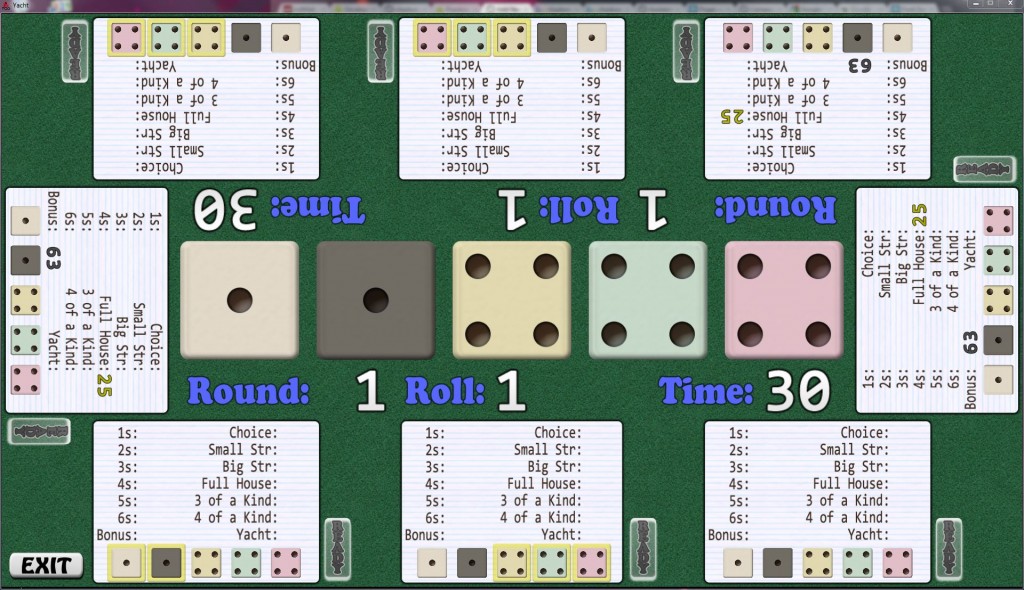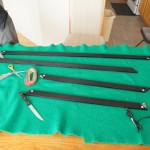After taking a few days to start up this blog, I am ready to go back to game development. The next game that I am going to convert for the touch table is Wits and Wagers.
Wits and Wagers is a casual trivia and betting game. A game consists of seven questions. After the question is read, all players secretly answer. All the questions have a numerical answer and the answers are sorted and placed on the betting table. All players then bet chips on the one or two ranges that they think are correct. The answer is read and the correct range is paid out, all other chips return to the bank except for two permanent chips per player.
It is a fun game where having knowledge of the trivia is not nearly as important as betting well. There are several things that make this a good option for conversion.
- It is a popular game that is still getting a lot of plays.
- Everyone acts at the same time when writing their answer and placing their bets.
- Chip management when doing payouts is a bit of a pain.
- We would like to be able to have hidden bets and an enforced time limit as options.
The one big problem with this conversion is that we don’t want to type in all the questions. Instead, the original questions from the game will be used and one player will read the question and push a “start round” button on the game.
William and I have already started work on the board layout. As usual, the space is tight. It is a seven player game and each player needs their own numeric keypad and betting table. Plus we need a lot of space in the middle to display the potentially large numeric answers and up to seven different player’s bets.
I am going to write this game with the Torque 2D engine. I am guessing that there wont be any additional C++ code required and that it can all be done in script.













